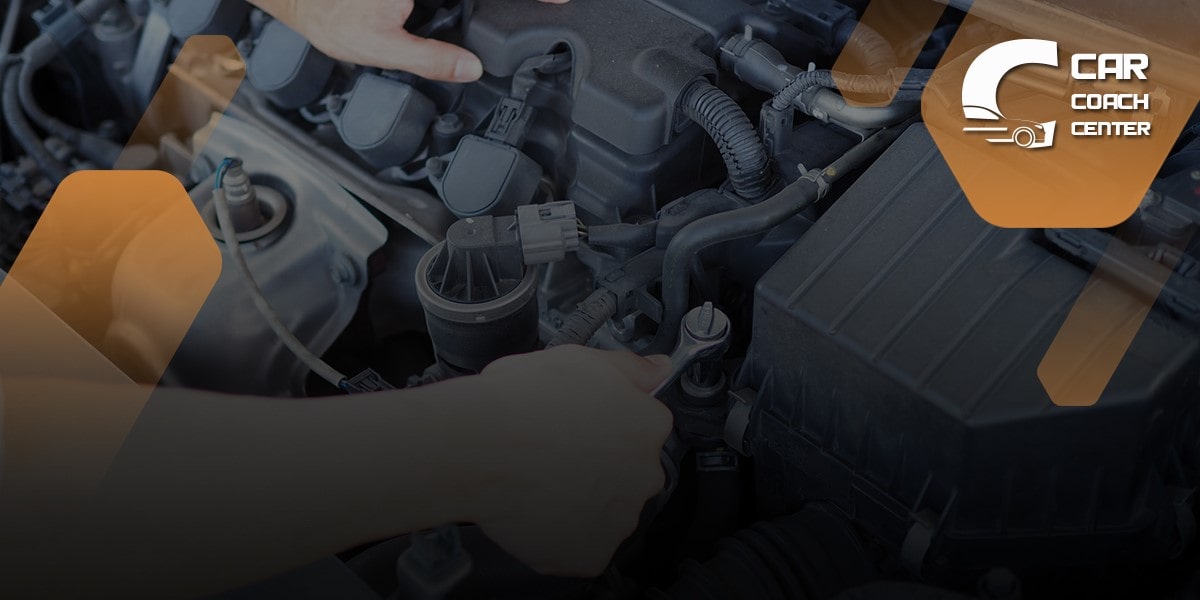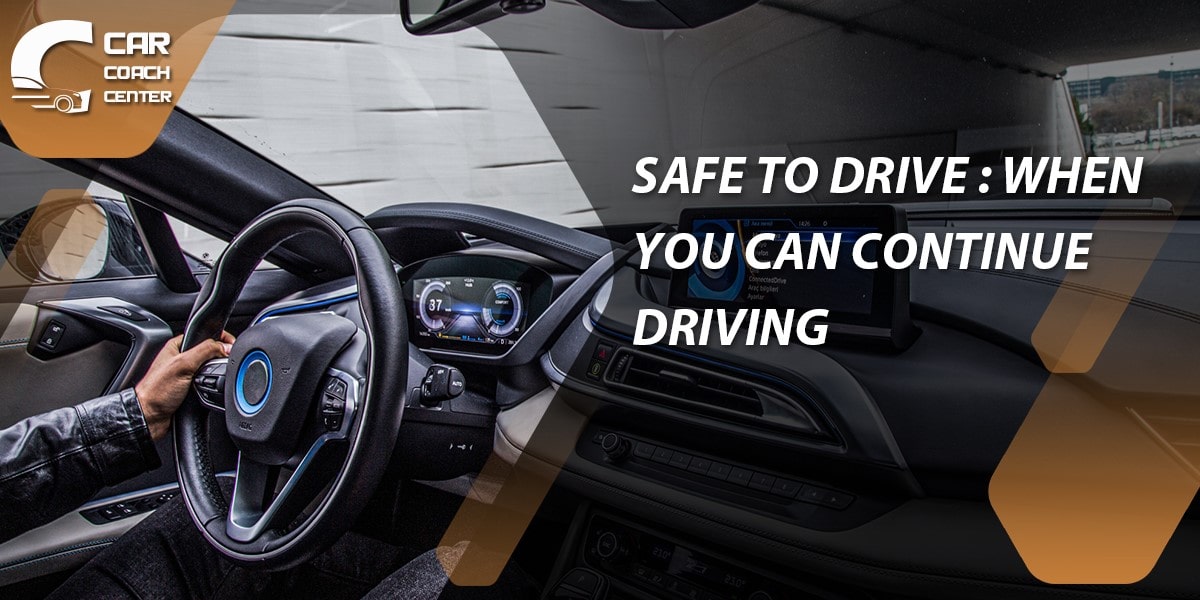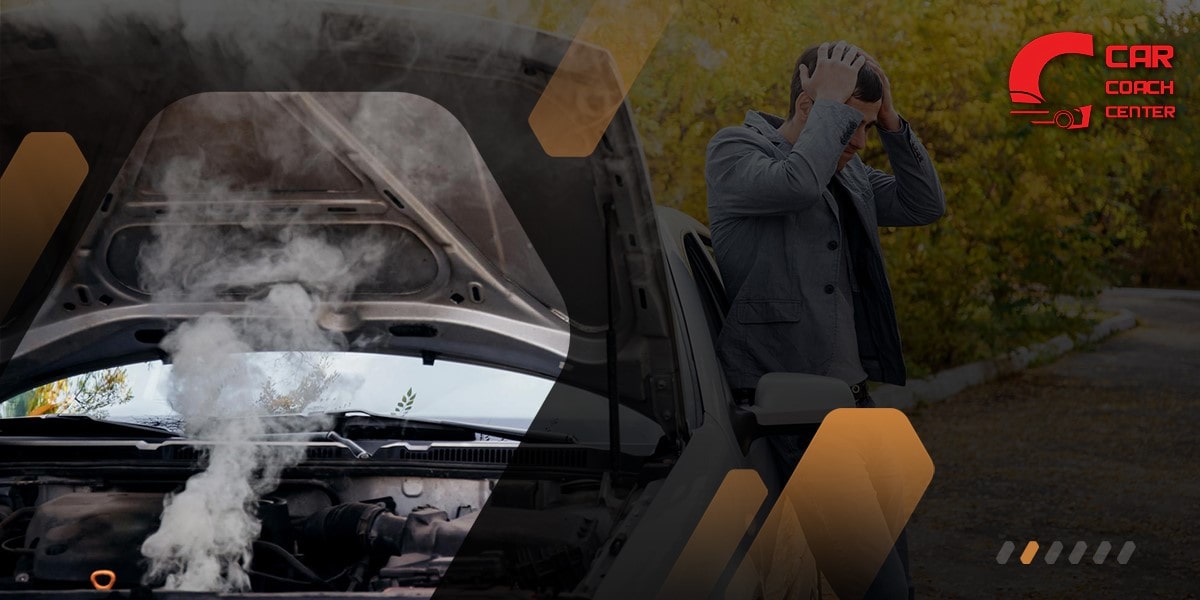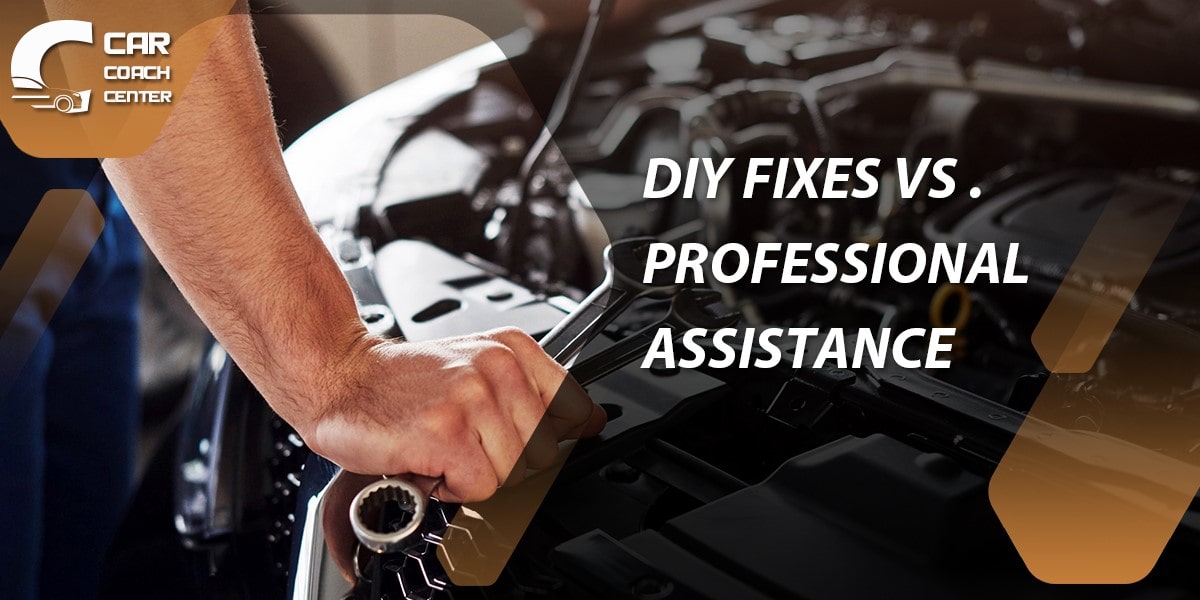Can I Drive My Car With The Check Engine Light On
The check engine light, an ominous yet familiar sight for many drivers, can trigger a wave of concern and uncertainty. As it illuminates your vehicle’s dashboard, you may wonder, “Can I drive with my check engine light on?” This article aims to shed light on this common dilemma and provide essential insights to make an informed decision.
Understanding the purpose of the check engine light is the first step in unraveling this mystery. As a vital communication tool between your vehicle and its onboard diagnostic system, the check engine light is a warning sign for potential issues that require attention. It is designed to safeguard your car’s performance and safety on the road.

Decoding the check engine light: What do the warning symbols mean?
The check engine light is often accompanied by various symbols or codes that provide valuable information about the nature of the issue. Understanding these symbols can help you gain insights into the severity of the problem. Here are some common signs you may encounter.
Solid Check Engine Light
A solid illumination typically indicates a non-emergency issue that requires attention but allows you to continue driving cautiously.
Flashing Check Engine Light
A flashing or blinking check engine light signifies a severe problem that requires immediate attention. In such cases, it is advised to pull over safely and turn off the engine to prevent further damage.
Engine Temperature Light
Sometimes, the check engine light may be accompanied by an engine temperature symbol, indicating a potential overheating issue. In this case, pulling over, allowing the engine to cool, and addressing the cooling system problem before continuing your journey is crucial.

Battery Light
Although not directly related to the check engine light, the battery light may occasionally illuminate along with it. This suggests an issue with the charging system or the battery, requiring prompt attention to prevent a potential breakdown.
Understanding the severity of the check engine light: Is it safe to continue driving?
Determining whether it is safe to drive with the check engine light on depends on various factors, such as the type of symbol displayed, the presence of additional warning lights, and the overall performance of your vehicle. Here are some guidelines to consider.
Solid Check Engine Light
If the check engine light is solid and there are no other warning lights or noticeable changes in your vehicle’s performance, driving for a short distance or until you can safely reach a service center may be safe. However, it is essential to have the issue diagnosed and addressed as soon as possible to avoid potential complications.
Flashing Check Engine Light
A flashing check engine light indicates a severe issue, such as a misfire or a catalytic converter problem, which can cause damage to the engine or emissions system. In such cases, it is strongly advised to avoid driving your vehicle further and have it towed to a qualified mechanic for immediate repairs.
Engine Temperature Light
If the check engine light is accompanied by an engine temperature warning light or gauge indicating overheating, it is crucial to pull over, allow the engine to cool down, and address the cooling system issue before continuing your journey. Continuing to drive with an overheating engine can lead to significant engine damage.
Battery Light
While not directly related to the check engine light, a battery light illuminated simultaneously suggests a problem with the charging system. It is advisable to have the charging system inspected promptly to prevent potential battery failure and loss of electrical power while driving.
Remember, the severity of the issue cannot be determined solely based on the check engine light. It is always recommended to consult your vehicle’s owner’s manual or seek professional assistance to diagnose the problem and determine the appropriate course of action.
Importance of Addressing the Check Engine Light
Addressing the Check Engine Light is paramount to ensure your vehicle’s overall health and performance. Ignoring or neglecting this warning can significantly affect your car and wallet. Here are a few reasons why addressing the check engine light promptly is crucial.
Prevent Costly Repairs
The check engine light often indicates potential issues within your vehicle’s systems. By addressing the problem at its early stages, you can prevent minor issues from escalating into major, costly repairs. Ignoring the check engine light can lead to more extensive damage, resulting in higher repair bills.
Preserve Engine Performance
The check engine light typically illuminates when there is a malfunction in one of the vehicle’s components, such as the fuel system, ignition system, or emission control system. Ignoring these malfunctions can result in reduced engine performance, decreased fuel efficiency, and even engine misfires. You can promptly address the underlying issue to maintain your engine’s optimal performance and prolong its lifespan.
Ensure Safety on the Road
Some problems the check engine light indicates can compromise your safety while driving. For instance, a faulty braking system, engine overheating, or a malfunctioning airbag system may trigger the check engine light. Ignoring these warnings can put you and your passengers at risk. It is crucial to have these safety-related issues diagnosed and resolved promptly to ensure your well-being on the road.
Pass Emissions Tests
Vehicles must undergo regular emissions tests in many regions to comply with environmental regulations. A check engine light that remains illuminated will likely cause your vehicle to fail these tests. Addressing the underlying issue increases the chances of passing emissions tests and avoiding potential fines or penalties.
Preserve Resale Value
If you plan to sell or trade in your vehicle, a well-maintained car with no unresolved issues will have a higher resale value. On the other hand, a history of ignored check engine light warnings may raise concerns for potential buyers. By promptly addressing the check engine light and maintaining your vehicle’s overall health, you can retain its value and attract potential buyers.

Safe to Drive: When You Can Continue Driving
Determining whether it is safe to drive with the check engine light on depends on the specific circumstances and the nature of the problem indicated. While it is generally recommended to address the issue as soon as possible, there are instances when you may be able to continue driving for a limited period. Here are some scenarios where it may be safe to drive with the check engine light on.
Solid Check Engine Light with No Noticeable Performance Issues
If the check engine light is solid and no other warning lights are illuminated. Your vehicle is performing normally without any noticeable issues; driving for a short distance or until you can reach a service center may be safe. However, it is crucial to have the issue diagnosed and repaired promptly to avoid potential complications.
Minor or Non-Critical Malfunction
The check engine light may sometimes indicate a minor or non-critical malfunction that does not pose an immediate risk to your safety or the vehicle’s performance. Examples include a loose gas cap, a faulty sensor, or a minor emissions issue. In such cases, you can continue driving while scheduling a service appointment at your earliest convenience.
Previously Addressed Issue
If the check engine light reappears after you have already addressed the underlying issue and the vehicle performs well, driving may be safe until you reevaluate the problem. However, ensuring that the current situation is unrelated to the previous repair or a different issue altogether is essential.
Unsafe to Drive: When You Should Avoid Driving
There are situations when it is unsafe to drive with the check engine light on, as doing so can pose significant risks to your safety and the well-being of your vehicle. Here are some instances where you should avoid driving with the check engine light illuminated.
Flashing Check Engine Light
If the check engine light is flashing or blinking, it indicates a severe problem that requires immediate attention. This usually signifies a critical issue, such as a misfire, which can cause damage to the engine or emissions system. Driving with a flashing check engine light can lead to further damage, engine stalls, or potential safety hazards. In this case, it is strongly advised to pull over safely, turn off the engine, and tow the vehicle to a qualified mechanic for immediate repairs.

Overheating Engine
If the check engine light is accompanied by an engine temperature warning light or gauge indicating engine overheating, it is unsafe to continue driving. An overheating engine can cause significant damage to engine components and may result in complete engine failure if not addressed promptly. Pull over safely, allow the engine to cool down, and have the cooling system inspected and repaired before resuming your journey.
Safety-Related Systems Malfunction
Certain malfunctions indicated by the check engine light, such as a faulty braking system or malfunctioning airbags, pose significant safety risks. Driving with compromised safety-related systems can endanger both your life and the lives of others on the road. If the check engine light is accompanied by warnings related to safety systems, it is essential to avoid driving and have the vehicle inspected by a professional immediately.
Diagnosing the Issue
When the check engine light illuminates, it serves as an alert that something is amiss within your vehicle. Diagnosing the issue correctly is crucial to understanding the underlying problem and taking appropriate measures for repairs. While it’s best to consult a qualified mechanic for a thorough diagnosis, here are some steps you can take to gather information and narrow down the potential causes.
Check for Visible Issues
Conduct a visual inspection under the hood. Look for loose or damaged hoses, disconnected electrical connectors, or noticeable leaks. Sometimes, a loose gas cap can trigger the check engine light, so ensure it is tightly secured.
Use a Diagnostic Tool
Modern vehicles are equipped with onboard diagnostic systems that store error codes associated with the check engine light. These codes can provide valuable information about the specific problem. You can use an OBD-II scanner or code reader, which plugs into the vehicle’s diagnostic port, to retrieve the error codes. Please note the codes displayed, as they will help further research and discussion with a professional.
Research the Error Codes
Once you have the error codes, consult reliable sources such as the vehicle’s repair manual or reputable online resources to understand the meaning of the codes. Each code corresponds to a specific issue or system within your vehicle, providing insights into the problem area.
Consider Recent Repairs or Maintenance
Reflect on any recent repairs or maintenance work performed on your vehicle. If the check engine light appeared shortly after a service, it could be related to the work done. Informing the mechanic about recent repairs can help in the diagnosis process.
Note Other Symptoms
Pay attention to any other symptoms or changes in your vehicle’s behavior, such as unusual noises, vibrations, or changes in performance. These additional details can provide clues that aid in identifying the underlying issue.

Common Check Engine Light Triggers
The check engine light can be triggered by various issues varying in severity and complexity. While the specific cause can only be determined through proper diagnosis, understanding some common triggers can help you gain insights into the potential problem. Here are a few frequent culprits behind the illumination of the check engine light.
Faulty Oxygen Sensor
The oxygen sensor measures the oxygen content in the exhaust gases. A malfunctioning sensor can lead to inaccurate readings, affecting the fuel-to-air ratio and potentially causing decreased fuel efficiency and increased emissions.
Loose or Faulty Gas Cap
A loose, damaged, or missing gas cap can cause the check engine light to illuminate. The cap is vital in maintaining proper pressure within the fuel system. If it is not securely fastened, it can lead to evaporative emissions and trigger the check engine light.
Malfunctioning Mass Airflow Sensor
The mass airflow (MAF) sensor measures the air entering the engine. A faulty MAF sensor can provide correct data, resulting in proper fuel delivery and potentially affecting engine performance and fuel efficiency.
Faulty Catalytic Converter
The catalytic converter helps reduce harmful emissions by converting pollutants into less harmful substances. A failing or damaged catalytic converter can trigger the check engine light and may lead to decreased engine performance or increased emissions.
Ignition System Issues
Problems with the ignition system, such as a malfunctioning ignition coil, spark plugs, or spark plug wires, can cause misfires or rough engine operation. These issues can trigger the check engine light and negatively impact engine performance.
Emission Control System Malfunction
The check engine light often indicates issues related to the vehicle’s emission control system. This can include problems with components such as the evaporative emission control system, exhaust gas recirculation (EGR) valve, or fuel injection system.
Transmission Issues
Some check engine light triggers are related to transmission problems. These can include issues with the transmission sensors, solenoids, or internal components. Addressing transmission-related problems promptly is essential to prevent further damage and ensure proper vehicle operation.
DIY Fixes vs. Professional Assistance
When faced with the check engine light, you may wonder whether it’s possible to address the issue yourself or if professional assistance is necessary. While DIY enthusiasts can do some simple fixes, it’s important to understand the limitations and potential risks involved. Here are some factors to consider when deciding between DIY fixes and seeking professional assistance.

Basic Checks and Maintenance
As a vehicle owner, you can perform basic checks and maintenance tasks that might resolve minor issues triggering the check engine light. These include inspecting and tightening the gas cap, checking for loose or damaged hoses, or ensuring the air filter is clean. These simple steps are worth attempting before seeking professional help.
Using OBD-II Scanners
OBD-II scanners or code readers are widely available and can retrieve the error codes associated with the check engine light. These codes can provide valuable information about the specific problem. DIY enthusiasts can use these scanners to identify the error codes and research the potential causes and possible solutions.
Technical Expertise and Tools
It’s important to consider your level of technical expertise and the tools available to you. Some issues triggering the check engine light may require specialized knowledge and equipment to diagnose and fix properly. If you lack the necessary expertise or tools, seeking professional assistance is best to avoid further complications or misdiagnosis.
Complex Systems and Components
Modern vehicles have increasingly complex systems and components, often requiring specialized training and advanced diagnostic tools. Issues related to the engine, transmission, emission control systems, or advanced electronic systems may be beyond the scope of a DIY fix. Professional mechanics have the expertise and experience to handle these complex systems and accurately diagnose the underlying problem.
Warranty and Insurance Considerations
If your vehicle is under warranty or covered by insurance, attempting DIY fixes without professional approval may void the warranty or insurance coverage. Reviewing the terms and conditions of your warranty or insurance policy to determine the appropriate course of action is crucial. In many cases, seeking professional assistance is necessary to maintain coverage.
Conclusion
The check engine light is a crucial indicator of potential issues within your vehicle’s systems. While it can be worrisome to see it illuminate, understanding its significance and taking appropriate action is essential for the health and longevity of your vehicle. In this article, we explored various aspects of driving with the check engine light on.
At carcouchcenter.com, we understand the importance of addressing the check engine light and providing comprehensive information to vehicle owners. Our goal is to equip you with the knowledge and guidance to make informed decisions about your vehicle’s well-being. Remember, the check engine light serves as a warning, and ignoring it can lead to costly repairs and potential safety hazards.
Can I drive my car with the check engine light on?
In some cases, driving may be safe, but it's recommended to have the problem diagnosed and resolved as soon as possible.
What are the common causes of the check engine light coming on?
Common causes include issues with oxygen sensors, loose gas caps, faulty catalytic converters, ignition system problems, and malfunctions in the emission control system.
How do I know if I need professional assistance or if I can fix the issue myself?
Consider factors such as your technical expertise, available tools, the complexity of the problem, safety risks, and warranty considerations.


